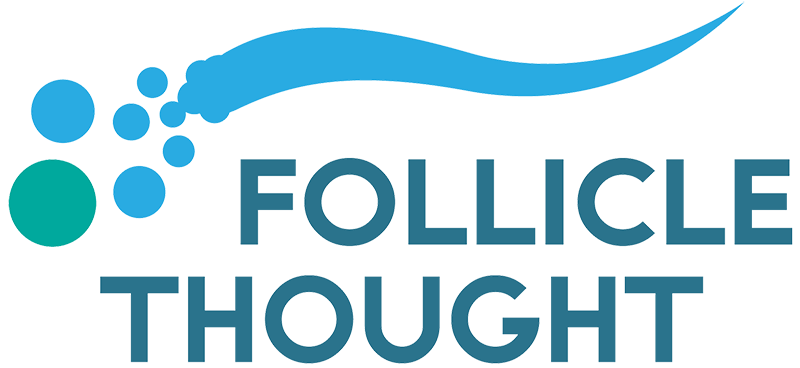Alexey Terskikh of SBP Launches New Hair Cloning Company
Sanford Burnham Prebys Hair Cloning Update
On August 16, 2018, SBP released a follow up article to the original Terskikh hair research announcement. To our liking, Terskikh has indeed been working diligently on his hair growth technology since the publication of his original study. In the latest interview-style article from SBP, Terskikh details many important advancements pertaining to his hair follicle cloning work.

Alexey Terskikh PhD (Credit SBP)
Here are some highlights of Terskikh’s current progress before you go read the whole interview:
- Most importantly, Terskikh has created an independent company to develop and commercialize this hair cloning technology. This will support his efforts to raise capital.
- Has switched to using iPS cells instead of embyronic stem cells which were more difficult to obtain. iPS cells can be acquired for use by a simple blood draw or skin sample.
- Is now using a 3D biodegradable scaffold to house the transplanted cells which helps to solve the issue of hair sprouting in a natural fashion.
- Next step is to initiate safety and tumorigenicity studies in mice, which should begin soon.
- Terskikh believes he can approach the FDA about beginning a human trial for this hair cloning technology in about 2 years. This would be dependent on his company raising sufficient funding.
To summarize this technology for those who may not have been previously familiar with Terskikh’s work, his team is developing a method to create an unlimited number of hair growth cells (Dermal Papillae) from a type of stem cell (iPSC). The stem cell can be obtained from a patient’s skin sample or blood and is then converted in the lab to become a DP cell. Then, the cloned DP are transplanted into the patient’s scalp to fill in hair growth. The final process of transplantation has not been fully explained yet, and it’s most likely a work in progress.
To read the new interview with Alexery Terskikh of SBP, please click here and enjoy. 🙂


Isn’t it something that Replicel was going to introduce to the market this year? Just the source of stem cells is different? Do we have any news from them and Shiseido? I stopped believing them already…. 🙁
Basia, FT hit up Replicel’s CEO Lee Buckler on twitter asking for updates from them or Shiseido.
He responded that there would likely be an announcement sometime around September or October.
Anyone know how this is any different to Tsuji?
Thanks
I believe Tsuji is using a back-of-the-head donor hair sample and then cloning 2 types specific stem cells from from the follicles, then multiplying them.
As far as I can infer, Terskikh is taking any cell from a body, converting it to an iPS cell and then making DP cells from the iPS cells.
@Basia, If you follow any blog or even the company themselves then you wouldn’t say that. Shiseido announce their results later this year. Tsuji starting human trials next year with a market release of 2020. Those are you two biggest hope for a “cure” as for now. Rest are either much later or doesn’t promote a nw1 scale of hair. If you stopped believing on the two most promising cures of modern society then I’m not sure what company you hold your faith with given a short timeframe like theirs.
Terskikh himself suffering from receding hairline?
Kind of a natural phenomenon….
When could this become a reality?
Very Interesting!
Two to three years away as always. Ughhh.
Stay grateful bro